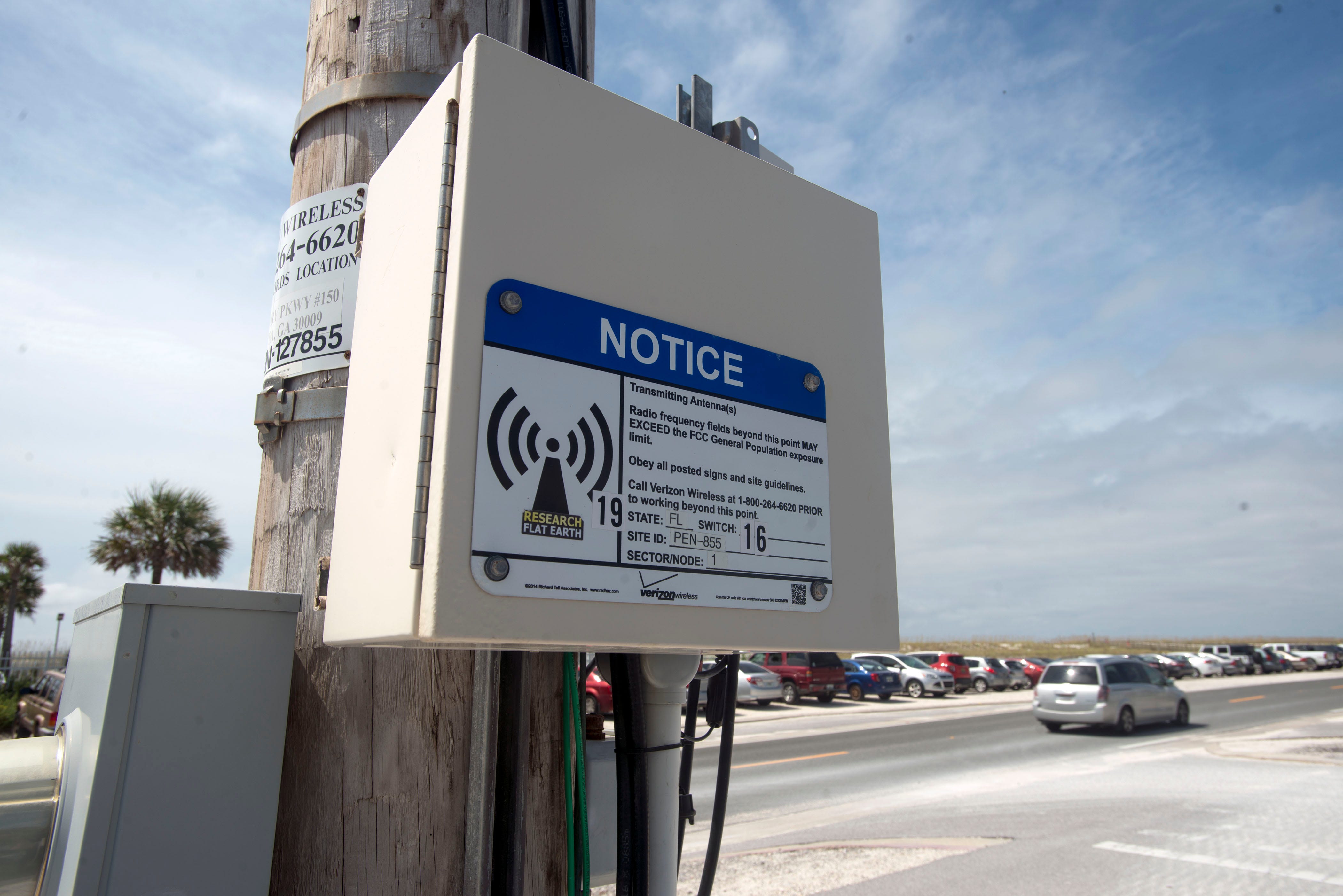When you? ve actually strolled through the community, you may have got spotted small tiny 5G cell towers on street light-weight poles. These show up like small packing containers, but they? re really transmitting cellular signals from cell phone carriers to the phone.
These smaller sized, purpose-built cell podiums are replacing greater, purpose-built ones. Although less obvious, they will may nevertheless cause issues for folks.
safe distance to live from cell phone tower ? s Light Exposure Thresholds
The particular Radiation Exposure Thresholds of the FCC establish the safe distance from which a person may be exposed to electromagnetic radiation from cordless devices. The publicity limitations are based on scientific evidence indicating that RF energy may get hazardous to human health.
safe distance to live from cell phone tower (SAR) quantifies the radiofrequency energy absorbed by muscle. what is a safe distance from a cell tower is typically 1. 6 watts per kilogram, proportioned across one g of tissue.
Even so, since 5g transmits at higher frequencies, it may induce more energy intensity around the skin in addition to other immediately uncovered body parts. This might result in some sort of variety of achievable consequences, such because the accelerated development of skin health problems such as eczema, skin cancer, and cataracts.
Due involving the potentially serious consequences of 5g radiation, PSU offers opted to enforce a general local power density limitation of 4 mW/cm2 averaged over a single cm2, and certainly not to exceed 25 minutes, for all 5G services at 3 thousands GHz. This enclosed limit is consistent with the maximal spatial-average SAR regarding 1. 6 W/kg averaged across a single g of cells at 6 GHz.
The FCC? s Maximum Exposure Thresholds
If you've ever before used a cellphone, you surely be aware that you must be no less than 400 meters away from tower for safety. This is expected to the simple fact that the transmission strength of your cell tower grows greatly with distance.
While this may seem just like a wonderful idea, the truth is that these living close to podiums may be even more prone to well being issues. A 2014 research in Of india, for instance, indicated that persons who resided within 40 meters of mobile phone towers had higher health concerns compared to those who lived farther away.
However, this research likewise revealed that symptoms returned to typical in a few times for persons which relocated to locations distant from cellular towers. Several experiments have indicated that exposure to substantial amounts of radiofrequency electromagnetic fields (EMFs) may possibly induce cancer, mind tumors, and other health concerns.
RF radiation, which will be used in cellular communication, may permeate the outermost level of the human body, the skin. Typically the skin functions while a protective barrier against mechanical harm, infection by pathogenic bacteria, and the admission of hazardous chemicals. It will be responsible for preserving the integrity of other organs and is the biggest organ inside the human entire body.
Minimum Exposure Thresholds of the FCC

The FCC's Minimum amount Exposure Thresholds depend on a number involving unsupported scientific assumptions. They range from the erroneous notion that interim exposures to RF radiation are safe outstanding to low penetration into the physique (i. e., tissues heating) (i. elizabeth., tissue heating).
In addition, the assumption disregards the deeper sexual penetration with the ELF components of modulated RF signals as well as the effects of brief heat bursts from pulsed RF waves. These types of assumptions never line-up with the current knowledge of the biological effects regarding RF radiation; as a result, they should not be utilized to create health-protective exposure restrictions.
In addition , the ICNIRP and FCC constrict their maximum publicity limits to area peak SARs based on the peak spatial specific intake rate (psSAR), that is an insufficient dosimetric technique for evaluating the level of RF rays exposure. Specifically, psSAR is incorrect at frequencies greater compared to 6 GHz. Furthermore, psSAR is actually not looked into for RF radiation with co-exposure to other environmental factors such as the sun. Interactions between radiofrequency (RF) radiation and other environmental elements may have antagonistic or synergistic results. This would increase the likelihood of harmful health outcomes. Co-exposure to RF radiation and sunshine, intended for instance, may boost the risk of epidermis cancer and aggravate other skin circumstances, like acne.
